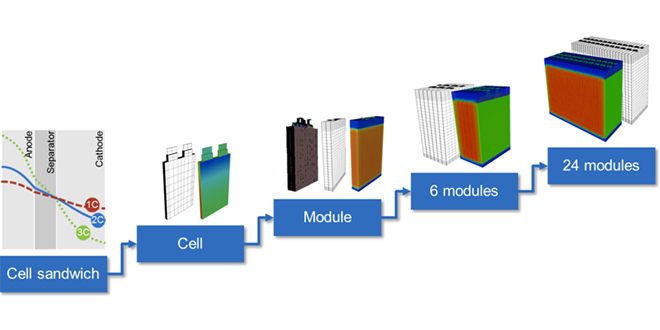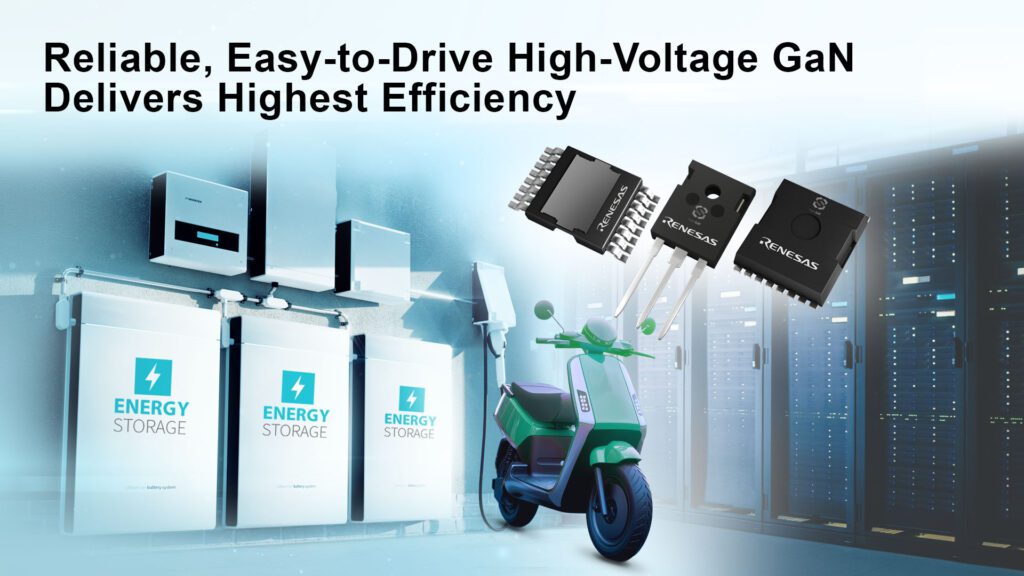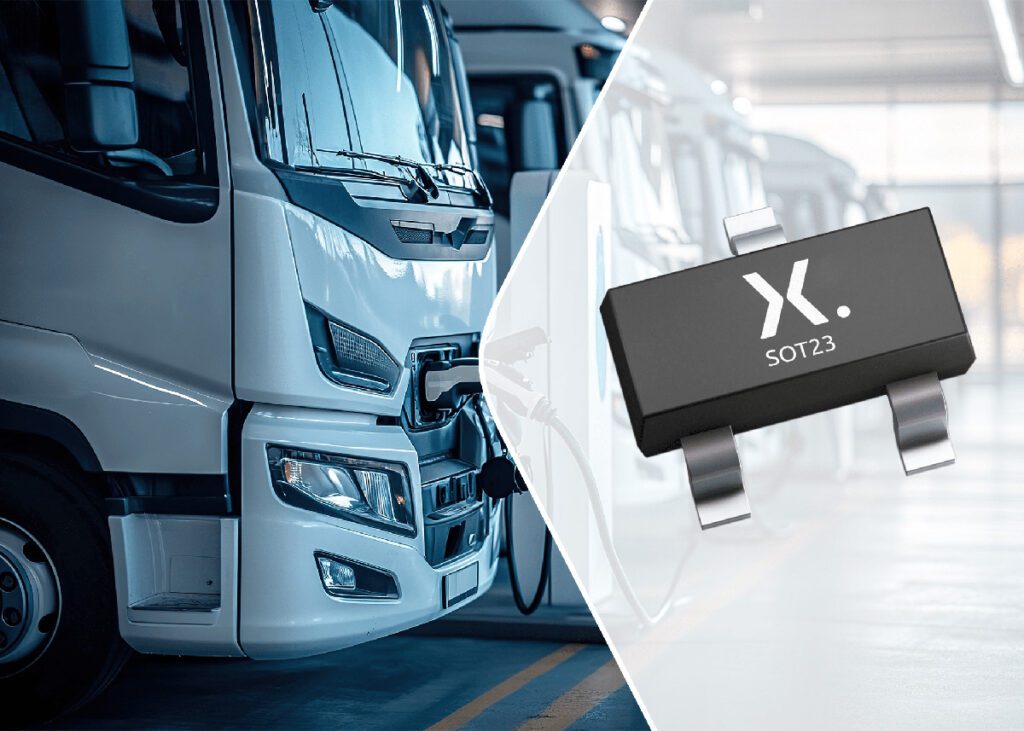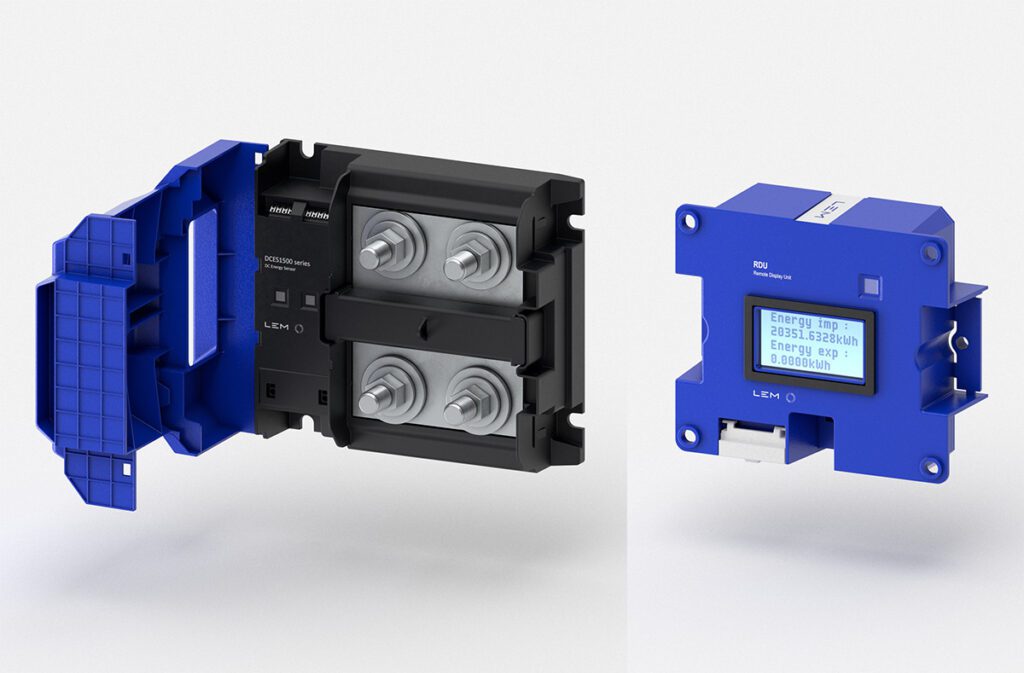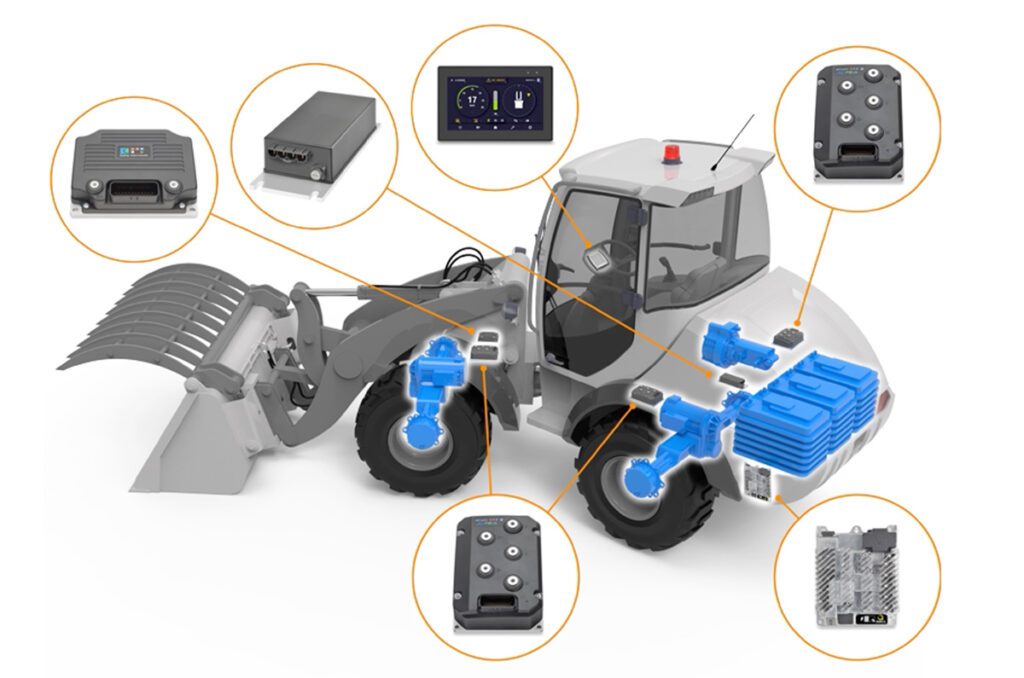As part of the DOE’s Computer Aided Engineering for Batteries (CAEBAT) project, scientists at the Oak Ridge National Laboratory (ORNL) have developed an open-architecture battery modeling framework that integrates multi-physics and multi-scale battery models.
The Virtual Integrated Battery Environment (VIBE) allows researchers to test lithium-ion batteries under different simulated scenarios. The physics phenomena of interest include charge and thermal transport, electrochemical reactions, and mechanical stresses. They operate and interact across the porous 3D structure of the electrodes, the electrolyte and other battery components.
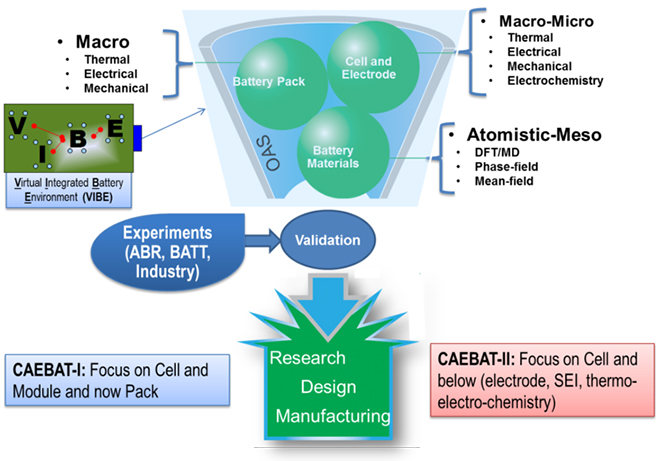
Infrastructure components of VIBE include: Open Architecture Software, which provides a Python-based computational infrastructure; BatML, an XML standard for battery inputs along with translators to other formats; Battery State, a standard for the state file to exchange information between components; and Integrated Computational Environment, which provides a user environment to simplify the workflow of modeling and visualizing batteries.
“Our role in CAEBAT was to develop and deploy an open-source environment that would help to integrate both research and commercial battery modeling efforts,” said group leader Dr. John Turner. “Other CAEBAT partners have developed commercial tools that are compatible with the software infrastructure we’ve developed, and we’re deploying a non-commercial platform for researchers at universities and national labs.”
Source: Journal of Power Sources via Green Car Congress







